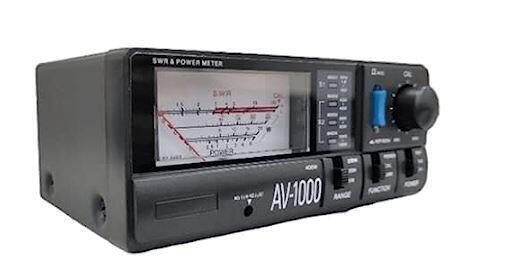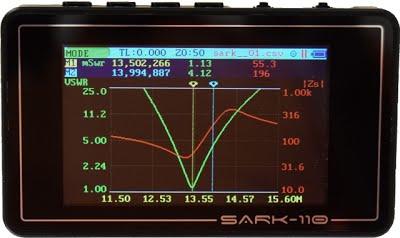Electroenthusiast
Active Member
I just ordered (a few days ago), some coaxial cables to connect to my wifi antennas. And, it works perfectly fine for my purpose. But, what i didn't understand was that being a qualified professional myself, i couldn't think of doing anything of such myself. I could had bought the spares and fixed a coax with the connectors to build a cable for myself.
I sometimes cry for this because a prof who taught me working of antennas and microwave, who is actually a doctorate from an university at a Midwestern state in US didn't explain me all of these well. And, i to this day don't understand many things on how these antennae work. be it microstrip, traditional ones, or any other.
So, here's what i wanted to ask. Why are Co-axial cables of different dimensions? How do i know which one should i use to make things work?
How do i know which coax i need to use for what purpose. Basically, i didn't understand the working principle of Co-axial cables on a google search.
I sometimes cry for this because a prof who taught me working of antennas and microwave, who is actually a doctorate from an university at a Midwestern state in US didn't explain me all of these well. And, i to this day don't understand many things on how these antennae work. be it microstrip, traditional ones, or any other.
So, here's what i wanted to ask. Why are Co-axial cables of different dimensions? How do i know which one should i use to make things work?
How do i know which coax i need to use for what purpose. Basically, i didn't understand the working principle of Co-axial cables on a google search.


